Road
Safety as a crucial emerging challenge is gaining momentum with the entry of
several automobile giants in the huge Indian market facilitated by the rapid
growth of the domestic economy. Connectivity is an important factor for which
one needs well developed transport network. Unless the roads are sufficiently
wide with proper drainage, support and enforcement system, growth of this
sector will always come with a price, i.e. frequent instances of accidents,
injuries and deaths. Thanks to loans on easy terms and avid desire on the part
of young men and young couples to own an automobile, exponential growth in the
vehicle population is being seen. Same, however, does not match with the required
length and width of the road or for that matter, earmarked halting and parking
places. To add to the mess, there is no thinking even in the metros to provide
dedicated lanes for the cyclists and the pedestrians. Majority of the vehicle owners, neither wish
to pay for parking nor they have an intent to respect traffic rules. Motor
vehicle licences are also issued fairly liberally without the applicant having bare
knowledge of the theoretical or practical sides of driving. To add insult to injury, courts order release
of accident vehicles and errant drivers rather easily.
Pre-requisite & Pillars of Road Safety
All
the three essential “E’s”, i.e. engine, engineering and enforcement, perhaps,
could be blamed for the present dismal scenario. There is scant regard for the
five pillars of road safety, namely, road safety management, safe road
infrastructure, safer vehicles, better behavior on the part of road users and
improvement in post-accident response & services. In hilly terrains, better
road upkeep assumes more importance as reliance on it is total for undertaking
and sustaining various development initiatives. Many countries by the virtue of
negativities, have been in a position to bring down the number of accidents and
some of them have successfully carried out de-congestion initiatives by
amending and enforcing the existing laws. If they can do it, why not we, especially
at a time when the U.N. has declared the decade of 2010-2020 as the ‘Decade of
action for the road safety’ ?
Physical Space Not the Sole Parameter
The
road space can not and should not be the sole parameter. Basic civic sense,
habits and behavior patterns imbibed from a cultural pattern also matter a
great deal. Other than Delhi, most of the metros or the emerging metros do lag
behind in this regard. While in Delhi, 21 %of the space is available for roads,
it is definitely inadequate in Kolkata (12%),Mumbai (10%) and Hyderabad (9%)
vis a vis their large population. Even then, Delhi reports more road rage, accidents,
injuries and deaths. In addition, Mumbai and Bangalore, on account of their obvious
and attractive commercial and educational opportunities have already gone much
beyond their carrying capacities. Moreover, these cities being linear, can not
be expanded further.
Contributing Factors
If
we attempt to find out the reasons of unpleasant and unwanted happenings on the
road, speed, bad state of roads, continued use of defective vehicles, drunken
& rash driving, fatigue and carelessness or no use of helmets and seatbelts
immediately come to notice. One fatal accident occurs every 3.7 minutes in our
vast country and trucks and two wheelers alone contribute to 40% of these
accidents. Several sets of measures ranging from those aimed at individuals to
engineering to enforcement to upgraded surveillance have been adopted and
emphasized time and again but unfortunately the numbers keep on multiplying.
Dismal National Scenario
A look at the national scenario would reveal
that India’s vehicle population is growing at present at the rate of 15% every
year. Same logically has a bearing on the persons getting temporarily injured,
permanently disabled and dying altogether. On an average,1,42,000 persons are
crushed to death in the road accidents and nearly 5,60,000 are reported injured,
majority of them being in the age group of 15 to 45 years. Setback to such a productive age group is a
great loss to nation. According to UN
projections if road safety measures do not lead to minimizing the risk factor,
road accidents would become third most prominent reason for death by 2020 after
heart attack and depression.
Pain & Agony
Some
injuries are so severe that the family has to suffer for no fault of theirs for
several years, apart from unimaginable pain and agony on the part of the person
concerned. The suffering is better felt rather than measured or assessed in
monetary terms. Who cares, where is the monitoring mechanism, often asks the
victim in the dingy clusters of economically weaker sections. In absence of
dedicated accident courts, normal courts take a long time in deciding the cases
and at the end of it, high and mighty get away easily. All of us have heard of
the BMW case of Delhi and two cases of Mumbai, in which workers sleeping on
pavement were either crushed to death or grievous injuries were inflicted on
them. One popular Film Star has not been convicted even after a decade or so
despite solid evidence available against him. This is happening at a time when
both Judiciary and the Media are very active and vigilant and the RTI ensures
better and easier access to information to the common man.
Unreliable Statistics
An
analysis of the accident statistics would show that the figures collected are
not always reliable as many deaths or injuries remain unreported in the rural
and sub-urban areas or the small cities. According to one study, under
reporting in India can be to the extent of 100%. Railway has about 1,25,00 unmanned crossings
all over the country and this alone could be a major contributor to the
accidents. Poor quality of roads, non use of helmets & seat-belts and lack
of adequate awareness about safety issues generally result into high rate of
accidents in the remote areas.
Protection ensured to chest, heart, lungs and all the vital organs in
stomach region by the seat belts is still unknown even in large cities. Further, according to some experts, due to
mushroomed growth of private clinics and hospitals as also growing culture of
making claims, accident victims from the lower strata of society are invariably
compelled to bear heavy expenditure, for no fault of theirs.
Post Accident Situation
Coming
to post accident scene, it may not be known to many of us that the first hour
after the accident is very crucial for saving the life or for reducing the
impact of the injury. One out of six persons
are reported dead on the way either due to congestion on the road or the long
distance to the health facility. All requisite steps, therefore, have to be
taken by all the stakeholders and enforcement authorities. Proper handling of injured persons by the
trained Policemen, voluntary agency personnel etc. has to be ensured before
specialized treatment begins in a Trauma Centre or hospital. Panic, which may be natural, should be avoided.
Remedial Measures
Apart
from having a comprehensive legislation for ensuring or improving road safety
and restrictions on use of or higher taxes on older cars, there has to be
adequate awareness on the part of every citizen for which he/she has to be
suitably sensitized at the school and college levels. Drastic reduction in the
use of crackers over the years goes on to prove the efficacy of the message
conveyed through the school children. In Sikkim context, wherein the number of registered
vehicles has doubled in just 8 years and the number of deaths and injuries(72
and 399 respectively in 231 accidents in 2013) in road accidents has also risen
sharply, one can and one must create awareness about road safety through NGOs,
Self Help Groups and Punchayats also, in view of their being pro-active and
vibrant.
Minimum
safety standards for the vehicles, roads and road users will have to be
prescribed, apart from improvement in the city and highway traffic management
system through CCTV or ITS, as the case may be.
In Sikkim situation, one can think of creating more No Traffic Zones on
the lines of similar ones in Gangtok, Namchi and Jorethang. Many European
cities have gained immensely from such an experiment due to its positive impact
on the incidence of accidents and overall pollution level. Side by side, there
is also a need to come down heavily on rash drivers and other traffic offenders
besides raising the amount of fines and penalties. Resorting to punching of licence in the event
of proving of a traffic offence could also make a beginning in India.
Accidents have been drastically reduced in a
vast and populous country like China in a matter of just five years, (between 2005
and 2010). Can’t we follow the suit in India or in the smaller and manageable
setting of Sikkim?
To sum up, road is supposed to ensure and enhance
connectivity. It should not become a medium to disconnect mankind from the
world.


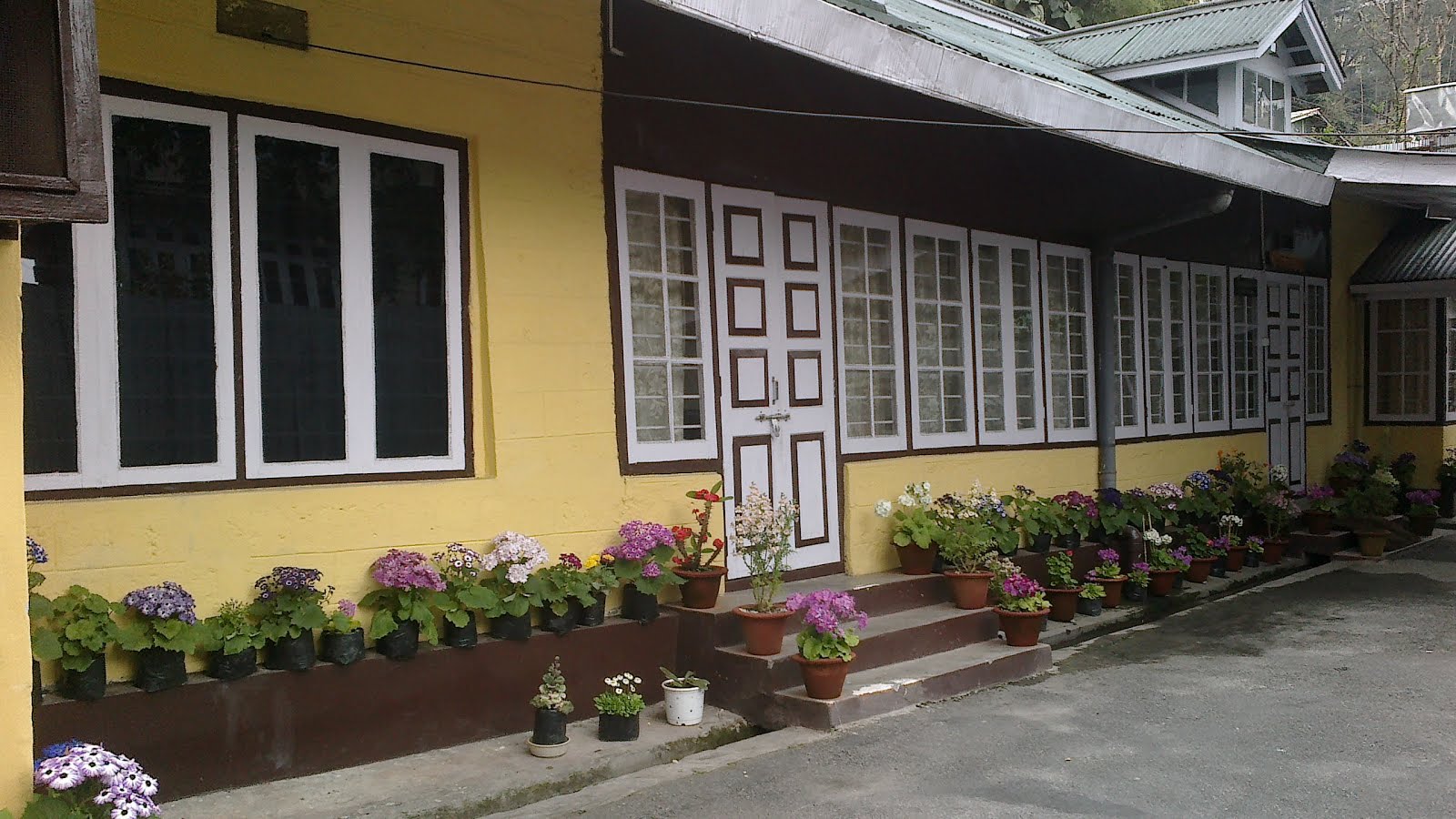
























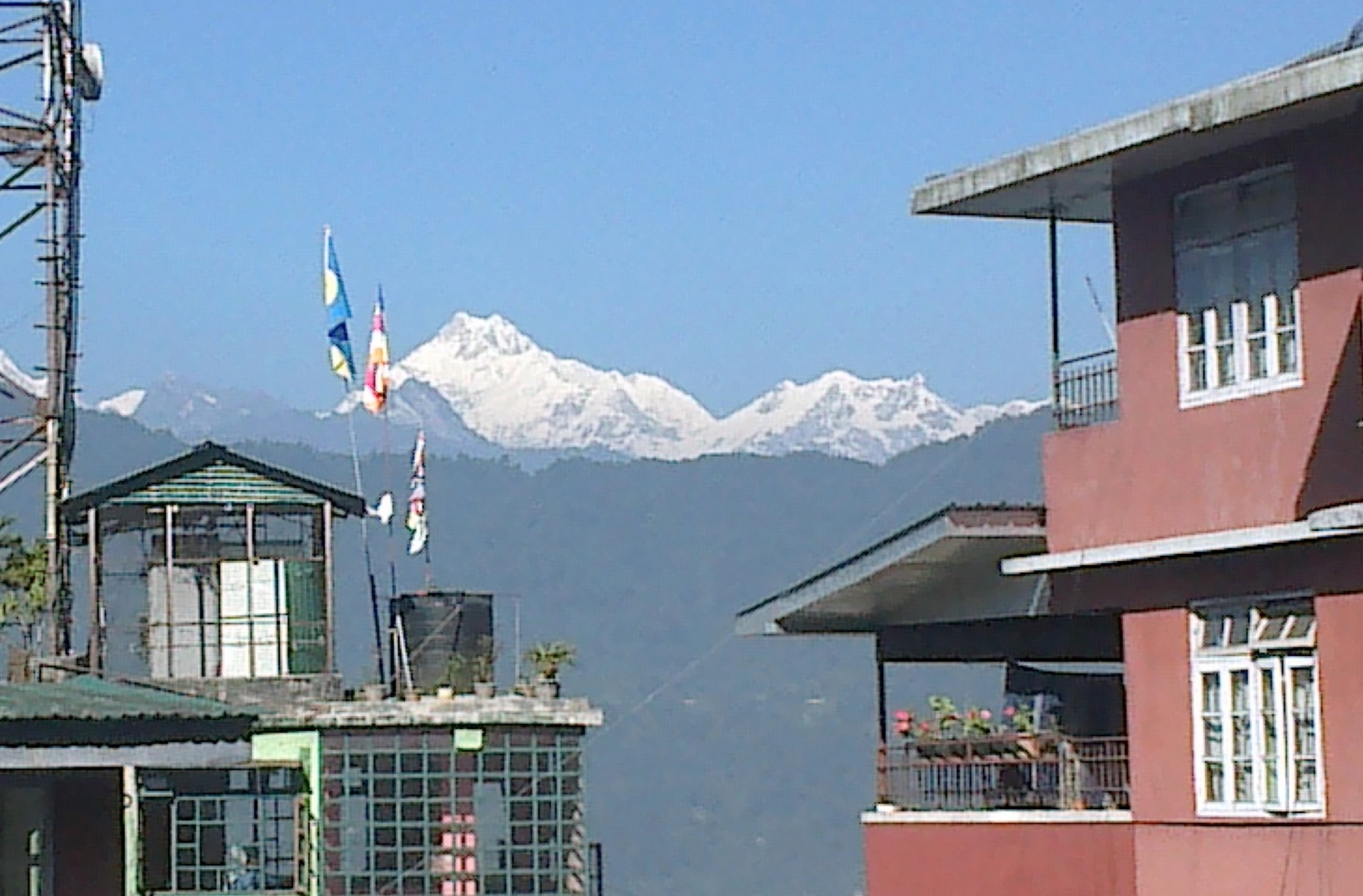


















































































































































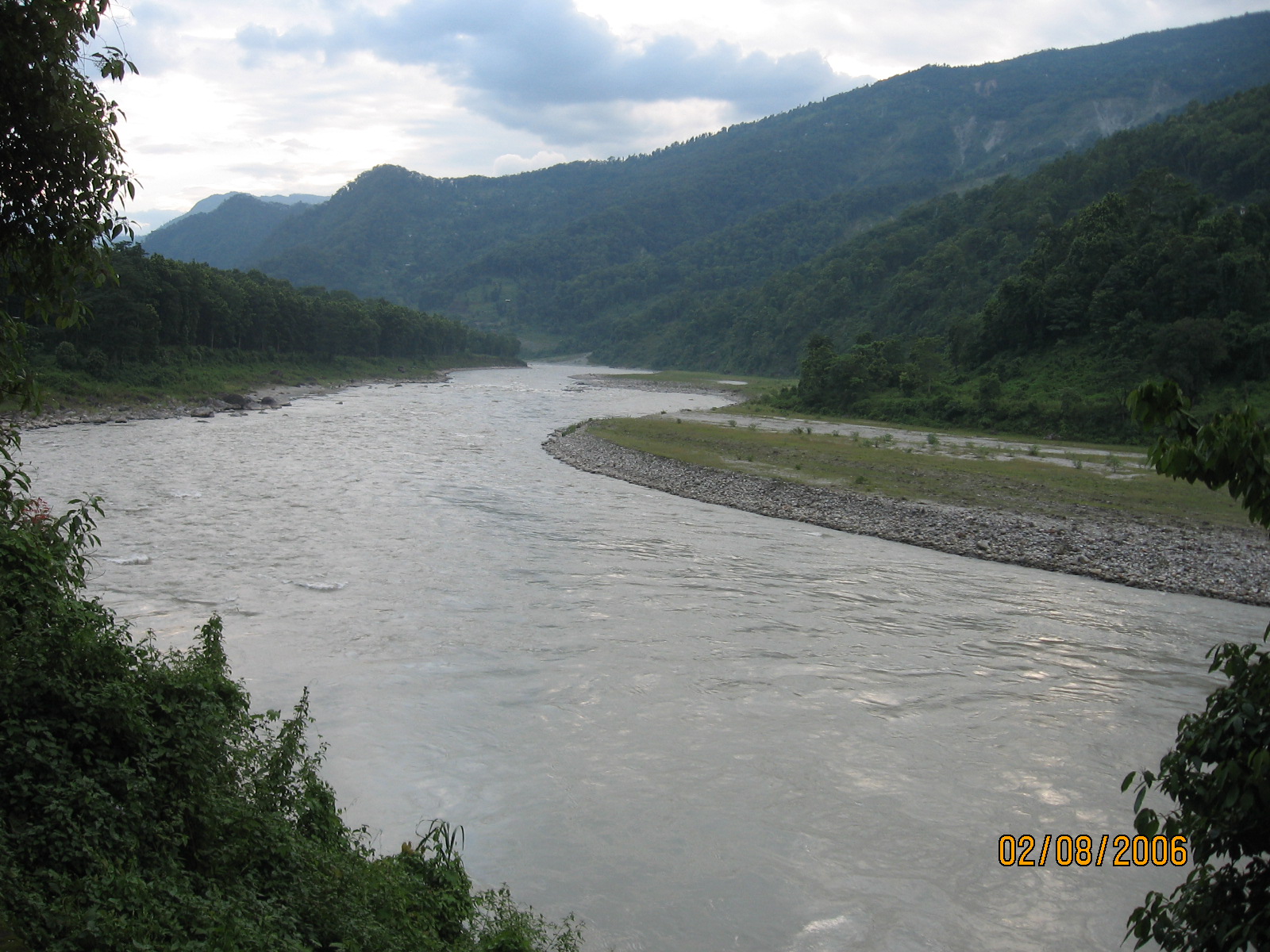

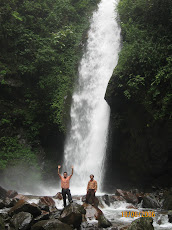
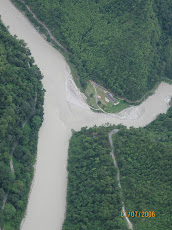
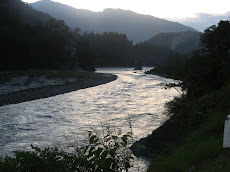
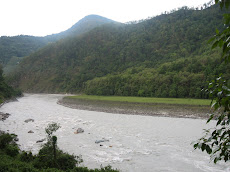
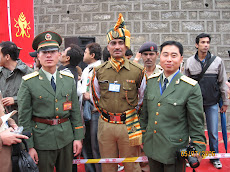
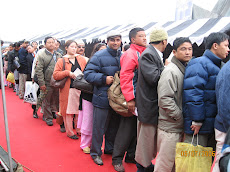
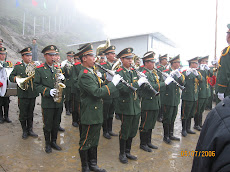


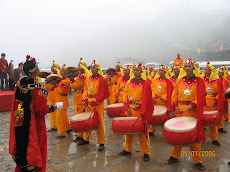
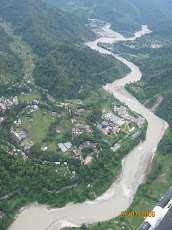




















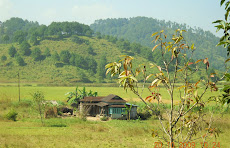
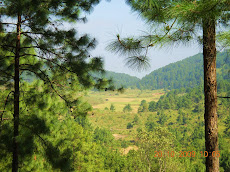








.jpg)








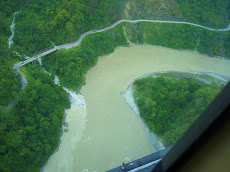










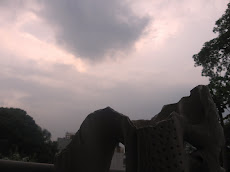


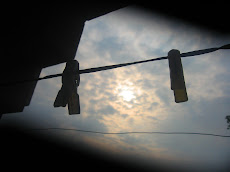




































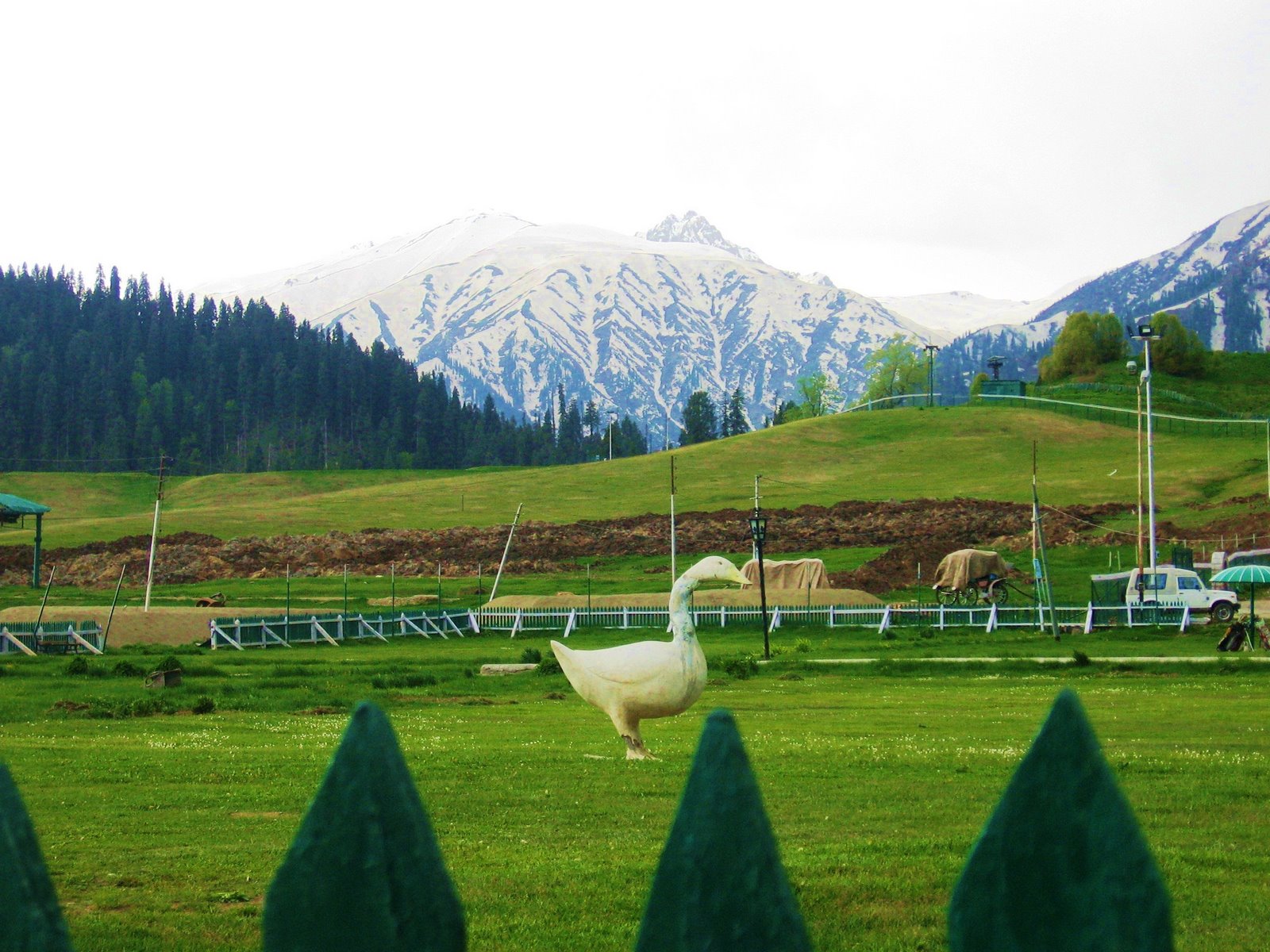
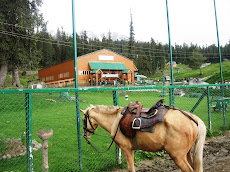
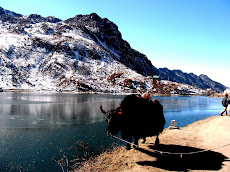








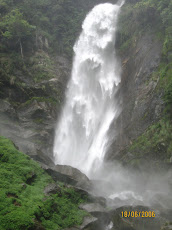



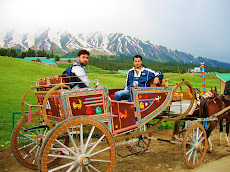






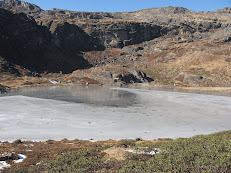

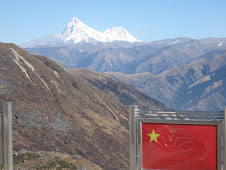



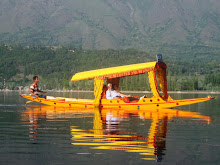
No comments:
Post a Comment